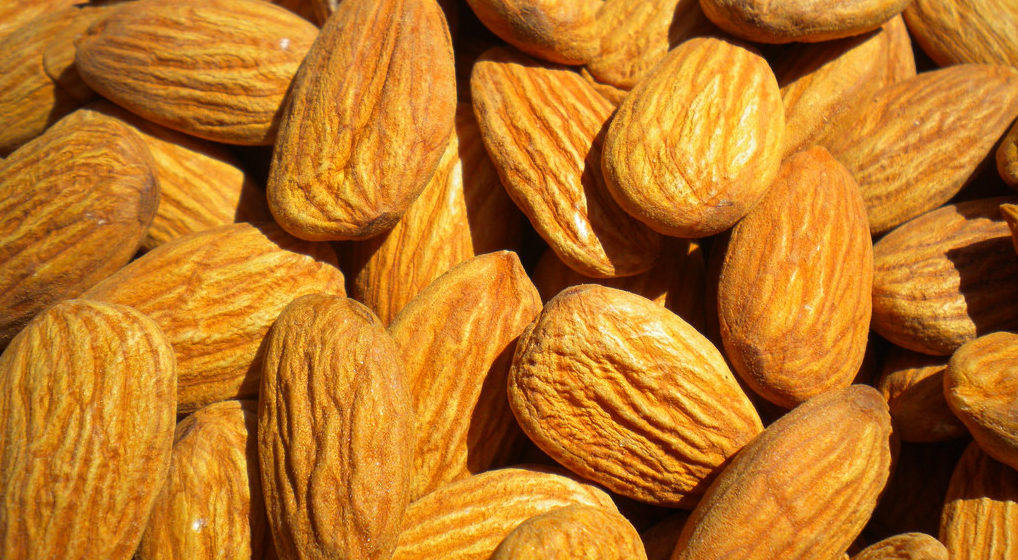Image Source: Healthaliciousness/Flickr
Vitamin E denotes a collective group of fat-soluble compounds with distinctive antioxidant activities. It exists in 8 chemical forms in the nature, namely alpha-, beta-, gamma- and delta-tocopherol, and alpha-, beta-, gamma- and delta-tocotrienol.
Alpha-tocopherol is the only form known to meet human requirements.
For people over the age of 14, the recommended daily allowance (RDA) of vitamin E is 15 mg.
According to a recent review presented at the World Congress of Public Health Nutrition, more than 90 percent of Americans fail to reach the recommended daily allowance (RDA) of vitamin E.
What could be the reason?
The study reveals that an estimated 35% of Americans have a cluster of health problems that add up to metabolic syndrome. The syndrome is marked by the presence of one or more of the factors that increase the risk for heart disease and diabetes – excess belly fat, elevated blood pressure, low amount of ‘good’ cholesterol, and high levels of blood glucose and triglycerides.
Metabolic syndrome prevents the effective absorption of vitamin E.
Owing to the lipid-soluble property of this micronutrient, the digestive tract requires fat to absorb vitamin E. People with fat-malabsorption disorders are, hence, more likely to have a deficiency in comparison to those without such disorders.
The Consequences...
Being a marvellous antioxidant, vitamin E greatly reduces the oxidation stress on cells or tissues. Its deficiency, therefore, is harmful to many parts of the body, sometimes also leading to the breakdown of CNS, poor reflexes, nerve degeneration of the hands and feet, impaired coordination, and loss of balance. Other symptoms include peripheral neuropathy, ataxia, skeletal myopathy, retinopathy, and impairment of the immune response.
Natural intake of the nutrient is advised rather than taking supplements, as the food sources contain heaps of omega-3 which protects the brain.
The best foods for boosting Vitamin E intake include:
- Almonds, hazelnuts, pine nuts
- Leafy greens like Swiss chard, spinach, mustard greens, turnip greens, kale, and broccoli
- Seeds such as sunflower, pumpkin, or sesame seeds
- Avocados
- Olives and olive oil
References:
- Metabolic syndrome leads 1 in 3 Americans need more vit E
- Vitamin E Deficiency Is Rampant — Why You Don’t Want to Be
- More than 9 in 10 Americans are deficient in vit E, putting them at higher risk for brain damage
Vitamin D: The One-Molecule Wonder
Current research shows that vitamin D not only betters bone health and provides muscular stability but it also prevents gastrointestinal and neurological ailments. Recently, vitamin D has been shown to play a role in cancer prevention, raising its stature amongst healthcare professionals. Read More..









